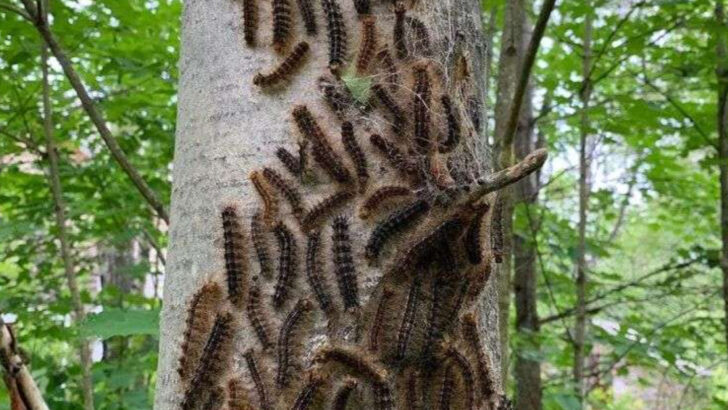Brace yourself—nature’s balance is under attack! Invasive species are storming through U.S. ecosystems, rewriting the rules and reshaping landscapes faster than anyone expected. These 12 unwelcome invaders aren’t just visitors—they’re disruptors, outcompeting native plants and animals, and turning peaceful habitats into battlegrounds. From sneaky plants choking waterways to relentless critters crashing local food chains, their impact is massive and growing. But it’s not all doom and gloom. Understanding these ecological troublemakers is the first step to fighting back and protecting the wild places we love. Get ready to meet the culprits behind some of the most dramatic changes happening in America’s natural world—and learn what’s fueling their rapid spread.
Asian Carp
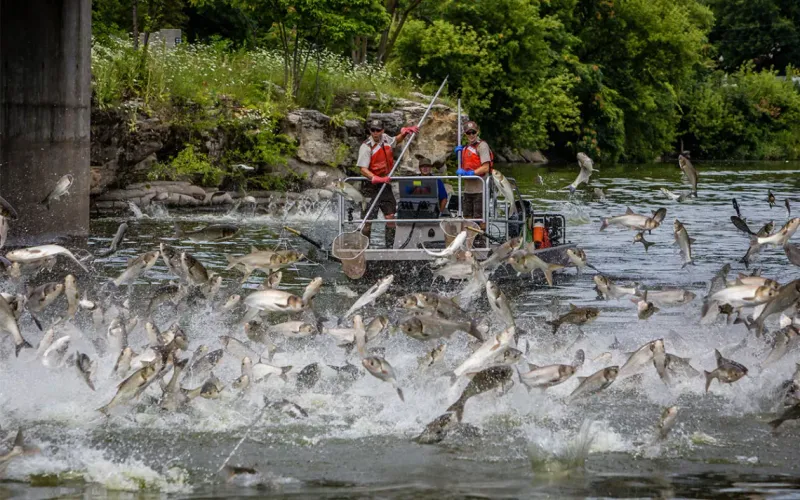
With a splash as dynamic as its impact, the Asian carp has become a notorious invader. Famous for its high jump, this fish dominates waterways. Originally introduced to control algae, it now poses a threat to native species by consuming vast amounts of plankton. The Mississippi River feels its presence acutely.
Carp are not just prolific breeders; they are also robust survivors. This combination makes their control a significant challenge. Some local fishermen have turned to creative methods to keep their numbers in check, albeit with varying success.
Zebra Mussel
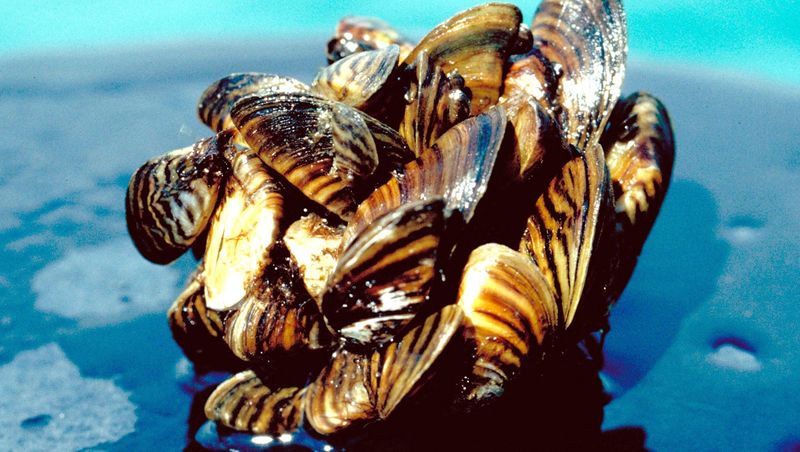
Tiny but mighty, zebra mussels have a knack for clogging water systems. These bivalves, with their distinct striped shells, adhere to surfaces in dense colonies. Since their arrival in the Great Lakes, they’ve disrupted local ecosystems by filtering out crucial nutrients.
Their rapid reproduction and lack of natural predators exacerbate the problem. Cleaning and maintenance of infested infrastructure cost millions annually. Despite their small size, zebra mussels are a formidable force in aquatic environments, challenging both ecological stability and economic resources.
Burmese Python
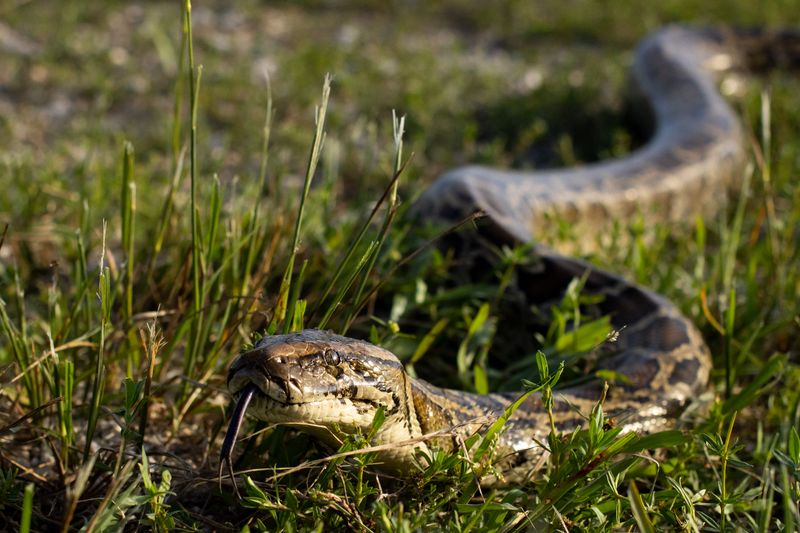
Slithering silently through the Everglades, the Burmese python is a top predator without peer. These snakes, released or escaped into the wild, have decimated local wildlife, including deer and birds. Their presence in Florida is a testament to the unintended consequences of exotic pet ownership.
Pythons’ stealth and power make them difficult to track and remove, posing a significant threat to biodiversity. Efforts to manage their population include organized hunts and research initiatives. Yet, their shadow looms large over the Everglades, an emblem of invasive resilience.
European Starling

With a metallic sheen and a gregarious nature, European starlings are both admired and reviled. Introduced by Shakespeare enthusiasts to New York, their numbers have now swelled across the continent, forming vast flocks.
These birds aggressively outcompete native species for resources and nesting sites. Their vocal mimicry dazzles some, but their habits disrupt agriculture, causing significant crop damage. Despite their beauty, starlings remain a reminder of how cultural endeavors can unintentionally alter ecological landscapes.
Lionfish
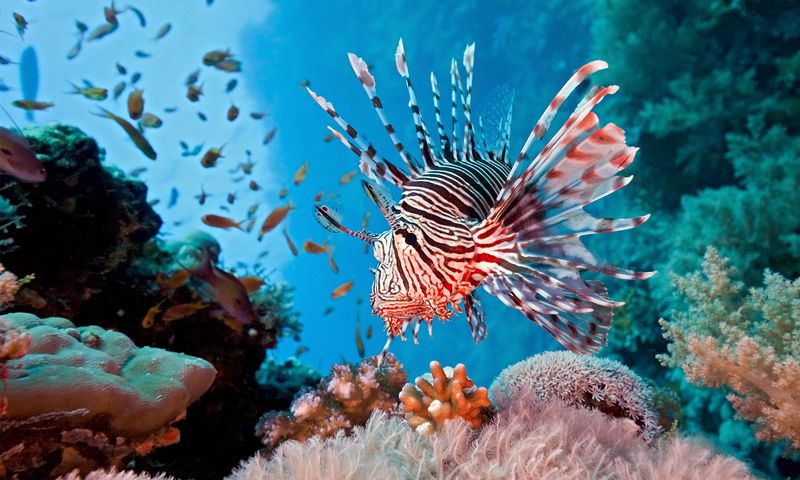
Gliding gracefully through coral reefs, the lionfish is as beautiful as it is deadly. Native to the Indo-Pacific, its introduction to Atlantic waters has led to severe ecological consequences. With venomous spines and a voracious appetite, it preys on vital reef fish.
Lionfish have few predators in their new environments, allowing populations to surge unchecked. Efforts to control them include spearfishing tournaments and culinary initiatives. Despite these challenges, their presence continues to threaten reef ecosystems, illustrating the dangers posed by marine invaders.
Brown Tree Snake
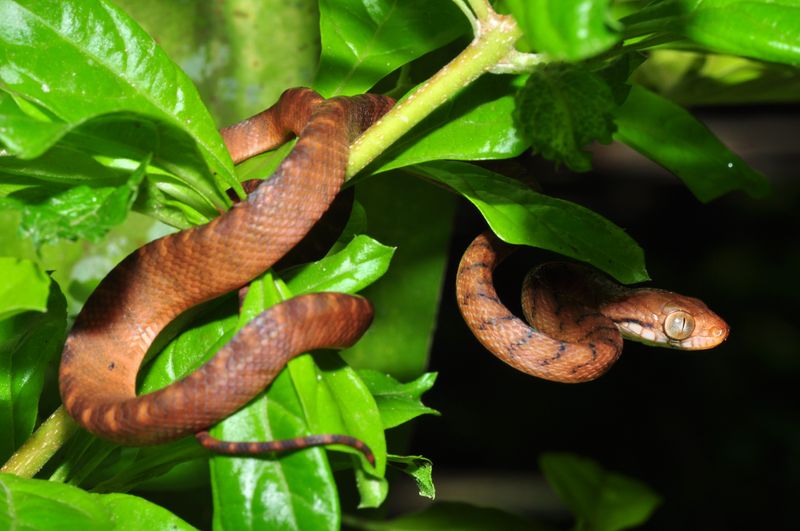
Silent and stealthy, the brown tree snake has transformed Guam’s forests. Accidentally introduced, it quickly decimated native bird populations. This nocturnal predator’s impact is profound, having driven several species to extinction.
Efforts to control its spread include canine patrols and aerial baiting. Despite these measures, the snake’s presence remains a significant ecological concern. Its ability to adapt and thrive highlights the challenges of managing invasive species in isolated ecosystems.
Emerald Ash Borer
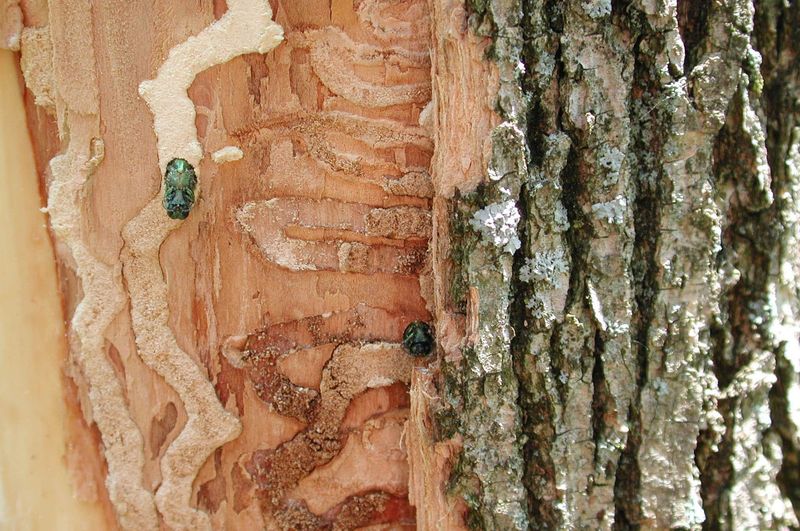
With a metallic emerald sheen, the ash borer is as captivating as it is destructive. This beetle targets ash trees, laying eggs that hatch into larvae, which burrow beneath the bark and disrupt nutrient flow.
Native to Asia, its introduction to North America has led to catastrophic tree losses. Eradication efforts include chemical treatments and biological controls, yet the beetle persists. Its impact on urban and rural landscapes serves as a cautionary tale of globalization’s hidden costs.
Northern Snakehead
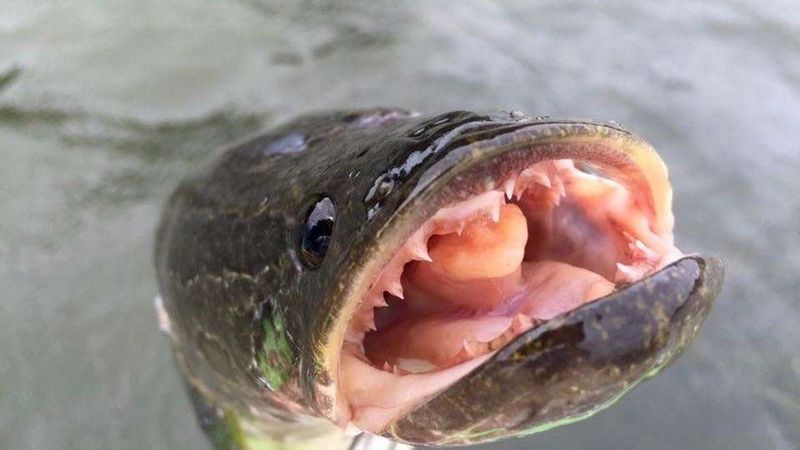
The northern snakehead, with its elongated body and sharp teeth, is a formidable aquatic invader. Native to Asia, it preys on fish and amphibians, disrupting local ecosystems. Its ability to breathe air and survive on land for short periods adds to its menace.
In Maryland’s waters, efforts to control its spread have included fishing derbies and public awareness campaigns. Despite its fearsome reputation, the snakehead’s adaptability and resilience illustrate the complexities of managing invasive species in aquatic environments.
Gypsy Moth
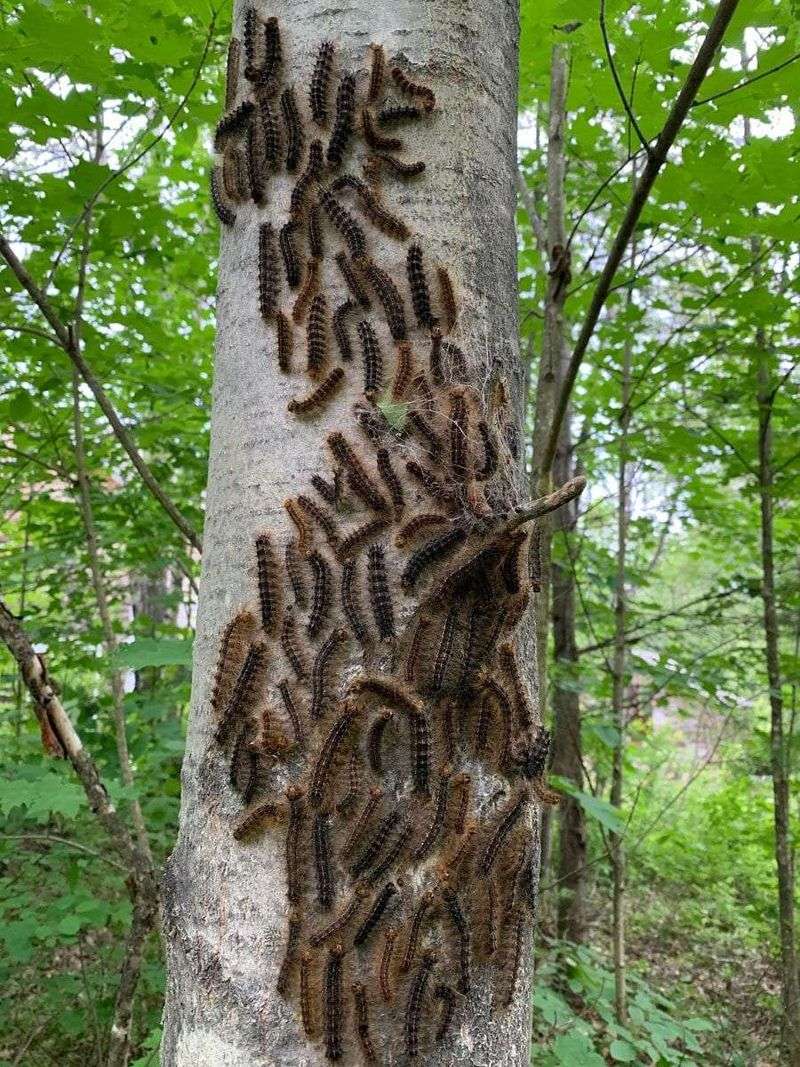
With a voracious appetite and a knack for defoliating trees, the gypsy moth is a pestilent presence. Originating in Europe, its introduction to the U.S. has led to widespread forest damage, particularly in oak populations.
The caterpillars’ feeding frenzy strips trees bare, weakening and sometimes killing them. Control measures range from aerial sprays to pheromone traps, yet the moth’s resilience remains a challenge. Its impact on hardwood forests is a vivid reminder of the delicate balance within natural ecosystems.
Nutria
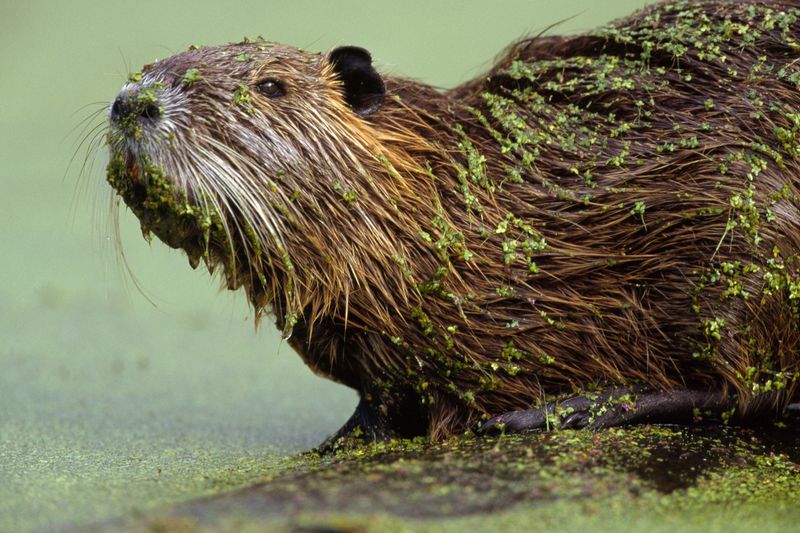
With webbed feet and a distinctive orange hue, nutria are aquatic rodents with a penchant for destruction. Introduced for fur farming, they now ravage wetlands, causing erosion and habitat loss. These prolific breeders have found a stronghold in Louisiana’s swamps.
Efforts to control nutria include bounty programs and habitat restoration, yet their impact continues to be felt. Their presence serves as a testament to how economic ventures can morph into environmental challenges, highlighting the intricate connections between human actions and ecological consequences.
Feral Hog
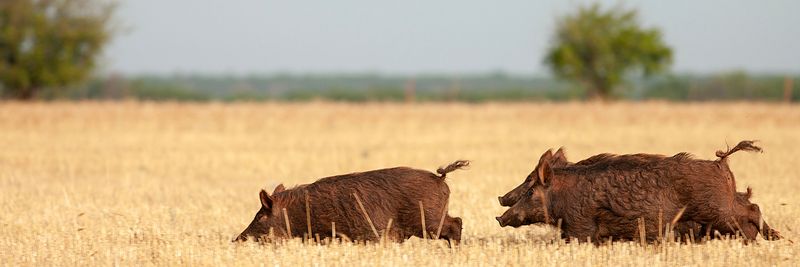
Rooting through fields with reckless abandon, feral hogs are a destructive force. Descendants of domestic pigs, they roam freely, causing damage to crops and natural habitats. In Texas, their numbers have exploded, leading to significant economic and environmental costs.
Management efforts include organized hunts and fencing, yet their adaptability makes control difficult. The hogs exemplify how quickly a species can become invasive, disrupting established ecosystems and challenging human control. Their presence is a stark reminder of the potential consequences of unmanaged wildlife populations.
Red Imported Fire Ant

Beware the sting of the Red Imported Fire Ant, a tiny creature with a fierce reputation. Known for its painful bite and aggressive nature, these ants form large mounds that can damage plant roots and deter other wildlife from inhabiting the area.
Originally from South America, they have made their mark across the southern U.S. Their presence is not just a nuisance; they can impact agricultural activities by damaging crops and equipment. Their rapid spread and resilience make them a formidable invasive species.

